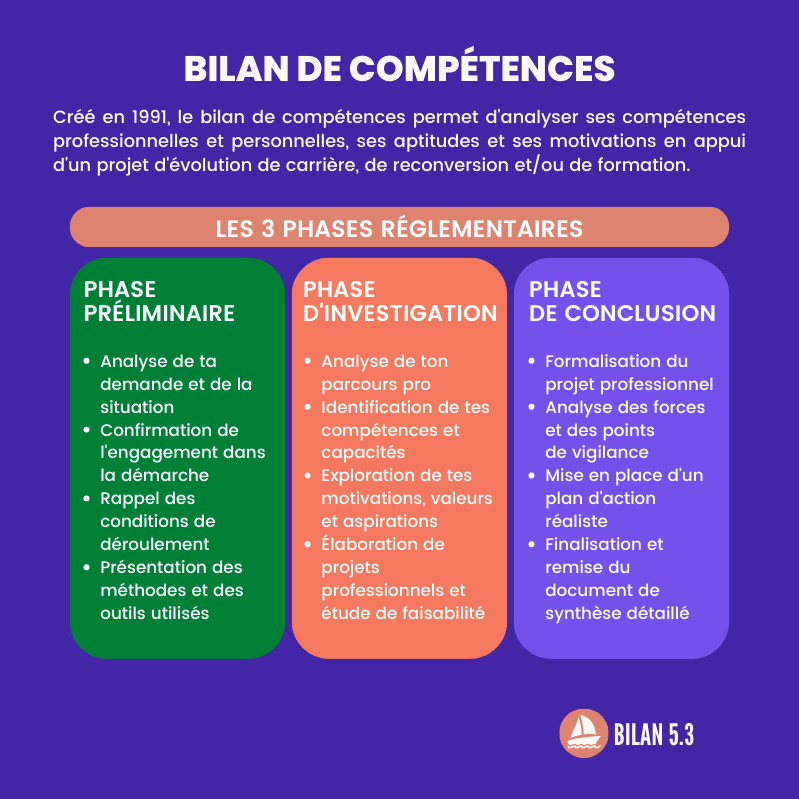As part of their fight against the coronavirus epidemic, the Chinese have developed an application allowing everyone to identify possible contacts with people infected with 2019-nCov.

For the Chinese, the exploitation of personal data is not a problem. In this country which invented “social credit”, a system for rating citizens on their social, economic and political behavior which can earn them rewards or, conversely, restrictions on access to certain public services such as education or transport, the fight against the coronavirus epidemic will perhaps go through the analysis of millions of personal data … and health.
While the coronavirus has killed 1,016 and infected more than 42,000 people according to the official count, the country has just deployed an application fed with cross-data allowing everyone to determine if they have been in contact with an infected or suspected person. of being. A tool which will disseminate, when this contact is suspected, recommendations such as staying at home or contacting the health authorities.
“Accurate, reliable and authoritative data”
Developed by several state agencies including the National Health Commission and China Electronics Technology Group Corporaton (CETC), this application called “Close Contact Detector”, has received support from several government agencies, the Ministry of Transport, Roads China Railway and China Civil Aviation to “ensure accurate, reliable and authoritative data,” said a statement from the National Health Commission.
Thanks to all the elements integrated in this device, the user, after having communicated his telephone number and his government identification number, will be informed if he is in an environment conducive to the spread of the disease and if he is potentially in “close” contact with people infected with 2019-nCov. In which case, he will be recommended to “stay at home” or to contact the health authorities.
Passengers of means of transport
The National Health Commission specifies that this application concerns “a person who has approached without effective protection sick people or showing asymptomatic signs” among work colleagues, family members, people living in the same house, students in the same class who have been in contact with patients or their caregivers. Also concerned by the notion of “close contact” are passengers and crew members of means of transport used by cases of suspected or infected patients.
















